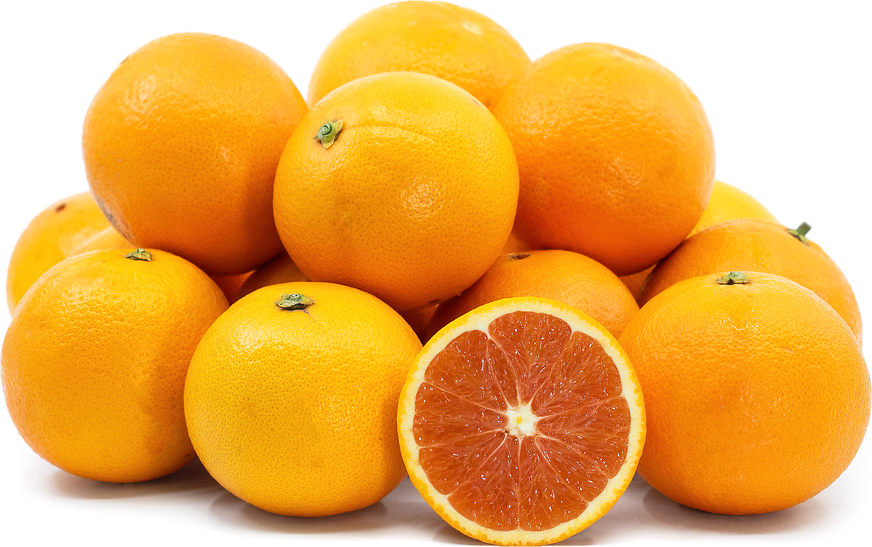


Cara Cara Oranges
Estimated Inventory, lb : 299.90
This item was last sold on : 04/09/25
Description/Taste
The Cara Cara orange has a trifecta of attributes. It has the initial appearance of a true orange. Its peel is smooth, yet pebbled and when zested releases bright floral aromatics. It is easy to peel and when its flesh is revealed, it reflects the color of ruby grapefruit. It tastes sweeter than any given orange with flavors far more comparable to tangerines with robust and complex citrus aromatics. Its flesh is also seedless, an advantage among any fruit. When ripe, the Cara Cara orange's flesh is tender, succulent and extremely juicy.
Seasons/Availability
Cara Cara oranges are available winter and spring.
Current Facts
The Cara Cara orange is a mid-season low acid navel orange variety that naturally mutated from a common navel orange tree.
Applications
Cara Cara oranges are and ideal balance of sweetness and acidity, making them suitable for fresh eating, juices, jams, sauces, baking and used in pan sauces. Use in savory or sweet preparations, pair with avocados, lettuces, nuts, bacon, other citruses, tropical fruits, fresh herbs, strong and aged cheeses, grains, seafood and poultry. Use Cara Cara juice in curds, cocktails, vinaigrette and syrups. Cara Cara oranges will keep up to two weeks, refrigerated. Cara Cara juice can be frozen in an air tight container for up to six months.
Geography/History
The first Cara Cara orange was found growing on a Washington navel orange tree in 1976 at Hacienda Cara Cara in Venezuela, hence its given name. It was introduced to the United States shortly thereafter and has been naturalized in the citrus growing regions of Florida and California. Commercially, it has limited exposure, thus it is considered a boutique farmers market variety.
Featured Restaurants
Restaurants currently purchasing this product as an ingredient for their menu.
| Le Coq | La Jolla CA | 858-427-1500 |
| Alila Marea Beach Resort (Pastry) | Encinitas CA | 805-539-9719 |
| Animae | San Diego CA | 619-925-7908 |
| Wildland | Carlsbad CA | 619-385-0914 |
| InterContinental Vistal Kitchen | San Diego CA | 619-501-9400 |
| Duke's La Jolla | La Jolla CA | 858-454-1999 |
| Park Hyatt Aviara | Carlsbad CA | 760-448-1234 |
| GoodOnYa | Encinitas CA | 949-295-3145 |
| New Wave Bagel | San Diego CA | 415-533-4525 |
| Nolita Hall | San Diego CA | 619-618-8820 |
| Addison Del Mar | Del Mar CA | 858-350-7600 |
| Manchester Grand Hyatt San Diego | San Diego CA | 619-232-1234 |
| Convention Center East | San Diego CA | 619-525-5832 |
| Lucky Bolt | San Diego CA | 662-832-3638 |
| Stake Chophouse & Bar | Coronado CA | 619-522-0077 |
| Tribute Pizza | San Diego CA | 858-220-0030 |
| Miho | San Diego CA | 619-365-5655 |
| The Kitchen at MCASD | La Jolla CA | 619-894-2051 |
| Georges at the Cove | San Diego CA | 858-454-4244 |
| Rancho Bernardo Inn (Avant) | San Diego CA | 858-675-8505 |
Recipe Ideas
Recipes that include Cara Cara Oranges. One
Podcast




